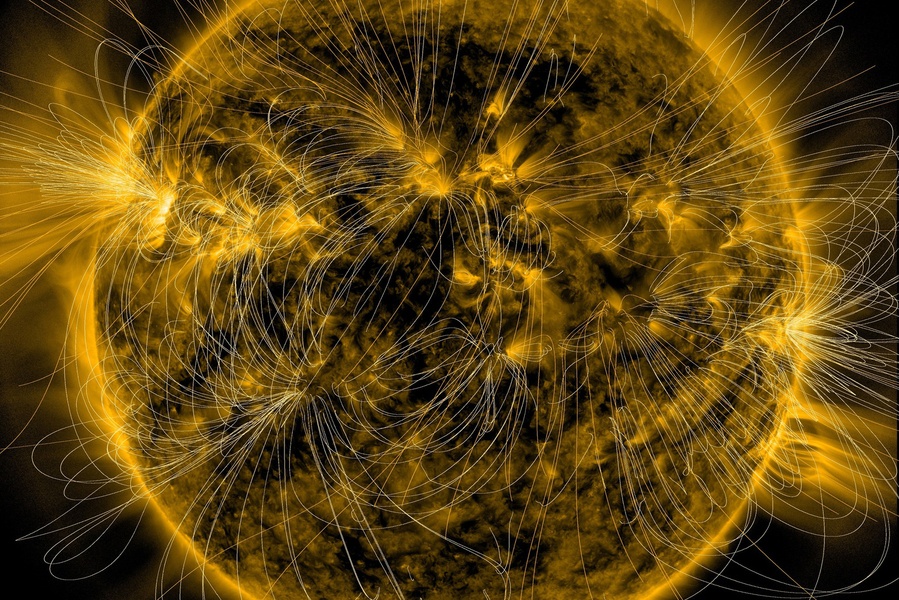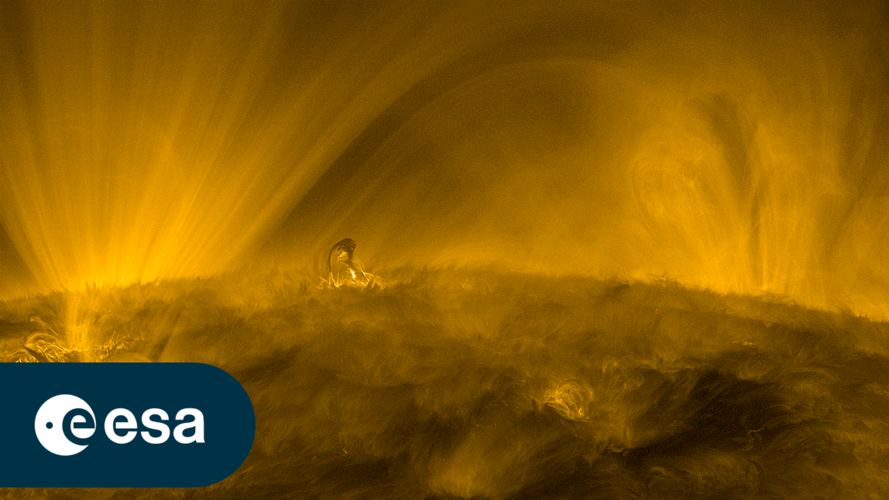Johannes Kepler is probably most well known for developing the laws of planetary motion. He was also a keen solar observer and in 1607 made some wonderful observations of our nearest star using a camera obscura. His drawings were wonderfully precise and enabled astronomers to pinpoint where the Sun was in its 11-year cycle. Having taken into account Kepler’s location and the location of sunspots, a team of researchers have identified the Sun was nearing the end of solar cycle-13.
Continue reading “Kepler Sketched the Sun in 1607. Astronomers Pinpointed the Solar Cycle”Kepler Sketched the Sun in 1607. Astronomers Pinpointed the Solar Cycle










